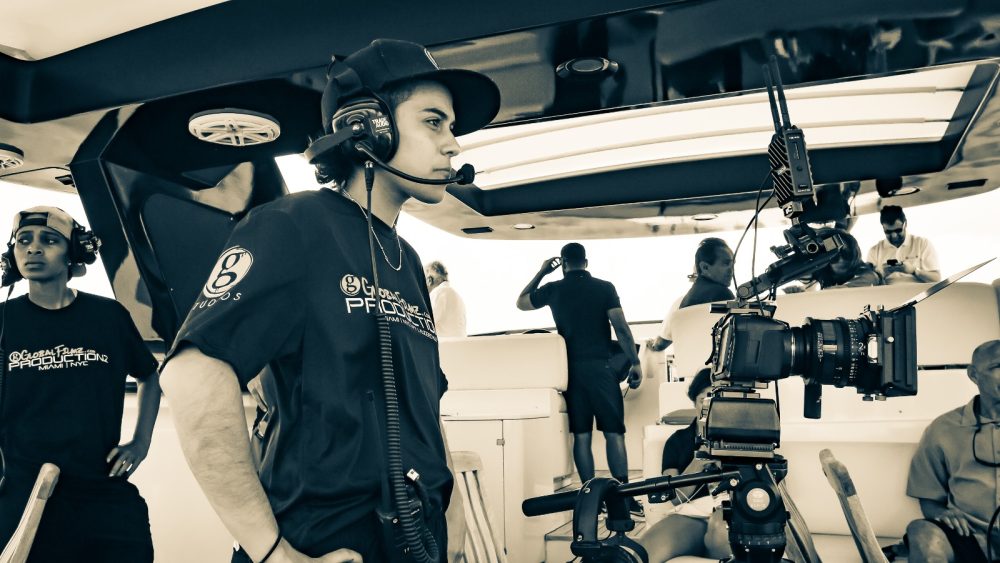
A Step-by-Step Guide on Corporate Video Production
A Step-by-Step Guide on Corporate Video Production
In today’s digital age, corporate videos have become powerful tools for businesses to communicate their messages effectively. Whether it’s showcasing products, introducing the team, or telling the brand story, a well-produced corporate video can leave a lasting impression on the audience. However, creating a successful corporate video requires careful planning and execution. In this step-by-step guide, we’ll walk through the key stages of corporate video production, from conceptualization to the final edit.
1. Define Your Objectives and Audience:
Before diving into the production process, it’s crucial to clearly define the objectives of your corporate video. Ask yourself: What message do you want to convey? Who is your target audience? Understanding these aspects will guide every decision you make throughout the production process.
2. Create a Solid Script:
The backbone of any successful corporate video is a well-crafted script. Outline the key points you want to cover, ensuring a logical flow of information. A compelling script not only helps in keeping the video focused but also serves as a reference point for the entire team.
3. Plan Your Shots with Storyboarding:
Once you have a script in place, create a storyboard to visualize how each scene will unfold. This step is crucial for planning the shots, transitions, and overall visual flow of the video. It acts as a blueprint for the entire production team and ensures everyone is on the same page regarding the creative vision.
4. Select the Right Team:
Building the right team is instrumental in bringing your corporate video to life. Depending on the scale of your project, consider hiring professionals for roles such as a director, cinematographer, scriptwriter, and editor. Collaborate closely with each team member to ensure a cohesive vision and seamless execution.
 5. Choose the Right Equipment:
5. Choose the Right Equipment:
Selecting the appropriate equipment is essential for achieving high-quality visuals and audio. Invest in good cameras, microphones, and lighting equipment to ensure a professional look and feel. The choice of equipment will depend on factors such as the video’s purpose, budget, and intended audience.
6. Scout and Secure Locations:
If your video involves shooting on location, scout and secure the necessary places in advance. Ensure that the selected locations align with your script and provide a visually appealing backdrop. Obtain any required permits and permissions to avoid disruptions during the shoot.
 7. Lights, Camera, Action – Filming Begins:
7. Lights, Camera, Action – Filming Begins:
With everything in place, it’s time to roll cameras. Follow the script and storyboard meticulously, capturing each scene with attention to detail. Communicate effectively with the talent and crew to ensure a smooth shooting process. Don’t hesitate to take multiple takes to achieve the desired results.
8. Gather B-Roll Footage:
In addition to the main shots, gather supplementary B-roll footage to enhance the visual storytelling. B-roll can be used to cover cuts, emphasize key points, and add depth to the overall narrative during the editing process.
9. Post-Production: Editing and Sound Design:
Once filming is complete, the focus shifts to post-production. Edit the footage to match the script and storyboard, paying attention to pacing and continuity. Incorporate music, sound effects, and voiceovers to enhance the audio experience. This stage is where the video truly comes together.
10. Review and Revise:
Before finalizing your corporate video, conduct thorough reviews with your team. Gather feedback on the overall flow, pacing, and visual elements. Make necessary revisions to ensure the video aligns with your initial objectives and resonates with your target audience.
11. Add Graphics and Effects:
Consider adding graphics, animations, or special effects to elevate the production value of your video. However, use them judiciously, ensuring they complement the narrative rather than distract from it.
12. Color Correction and Finishing Touches:
Apply color correction to ensure consistency in visual tones and make any final adjustments. Pay attention to details, and polish the video until it meets the highest standards of professionalism.
13. Distribution and Promotion:
With your corporate video ready, it’s time to plan its distribution and promotion strategy. Share it across relevant platforms, such as your company website, social media channels, and email newsletters. Monitor audience engagement and gather feedback to inform future video projects.
In conclusion, corporate video production is a meticulous process that involves careful planning, coordination, and creativity. By following these step-by-step guidelines, you can navigate the complexities of video production, ensuring your corporate video effectively communicates your message and resonates with your target audience. Remember, each stage is interconnected, and attention to detail at every step contributes to the overall success of your corporate video.




 5. Choose the Right Equipment:
5. Choose the Right Equipment: 7. Lights, Camera, Action – Filming Begins:
7. Lights, Camera, Action – Filming Begins:
